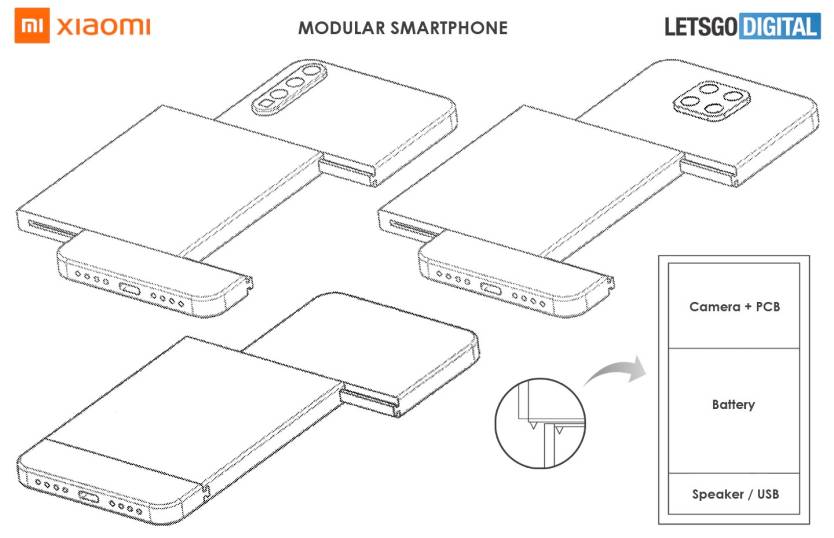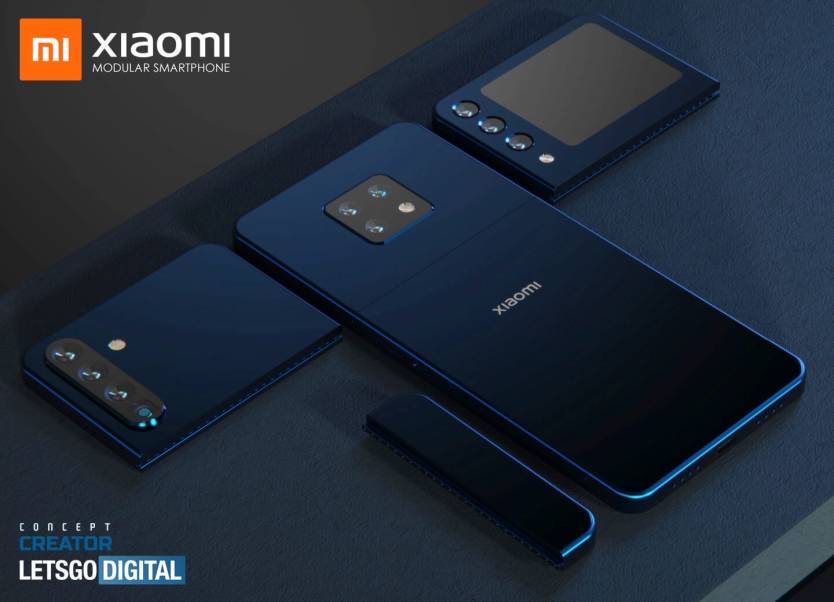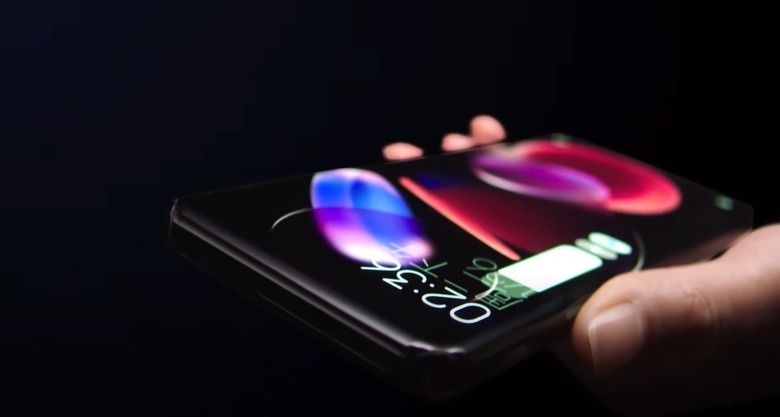The Dream Of The Modular Phone Will Never Die
We've seen modular phone concepts and actual modular devices for years, as there is some theoretical appeal for this type of product. It makes sense to build an eco-friendly device that has user-replaceable parts. That way, you'd be able to swap out old or broken modules for brand new hardware rather than ditching the entire device. You'd be able to upgrade the chips, the battery, and the camera every few years, and maybe even the screen. You'd also get access to more unusual modules that will deliver a specific type of functionality that isn't otherwise found on traditional phones.
But time and time again, companies failed to make modular phones popular with buyers. Phonebloks was exciting for a bit. Google's Project Ara wanted modular phones but then got out of it. LG's G5 was a quirky modular phone. Maybe Motorola was the most successful at envisioning a limited modular phone — the company's Moto Mods let it upgrade a 4G mid-range phone to 5G flagship status a few years ago, but the contraption looked just awful.
Despite that, another company thinks it can have a go at modular phones. Chinese smartphone maker Xiaomi has filed a patent for modular phone technology recently.
Found by LetsGoDigital, the new Xiaomi patent was filed in February 2020. As always with patented technology, there's no indication that Xiaomi will launch a modular device any time soon, but the fact that it submitted a patent last year suggests the Chinese handset vendor is interested in modular devices.

Modular phone illustrations from Xiaomi patent.
Like Motorola's mods, the Xiaomi modular smartphone is relatively simple. The handset maker has imagined phones made of three distinct parts. The top part packs the camera module and all the chips. The middle part is the largest one, being dedicated to the battery. The bottom part is the smallest, featuring the speaker assembly and charging port.
The illustrations that Jermain Smit produced for LetsGoDigital suggest that the selfie camera would be placed under the display, a feature we expect to see on several handsets this year, including Xiaomi devices.

Xiaomi modular phone concept render based on patent illustrations.
What's peculiar about this modular contraption is that at least two of the three parts would also have a display component, which is an immediate problem, as displays feature bezels. Xiaomi's modules would connect seamlessly thanks to a rail system, and the phone would not have a visible seam. That's easier said than done and sounds like the kind of sophisticated screen tech that might increase the phone's price.
Xiaomi's illustrations suggest that swapping a module for a different one would be incredibly easy. But, again, it might be easier said than done. It's one thing to replace the battery or speaker module, and quite another to exchange the camera module for something else. That's because the camera module also contains the phone's logic board, which includes the storage and personal data. There would have to be a way to transfer data from a module to the next before swapping the top part for one with a specific camera arrangement.

Xiaomi modular phone concept render based on patent illustrations imagines what a retail box would look like.
Again, there's no indication that Xiaomi will pursue these modular phone designs anytime soon. But the patent proves the modular phone dream just won't die.
